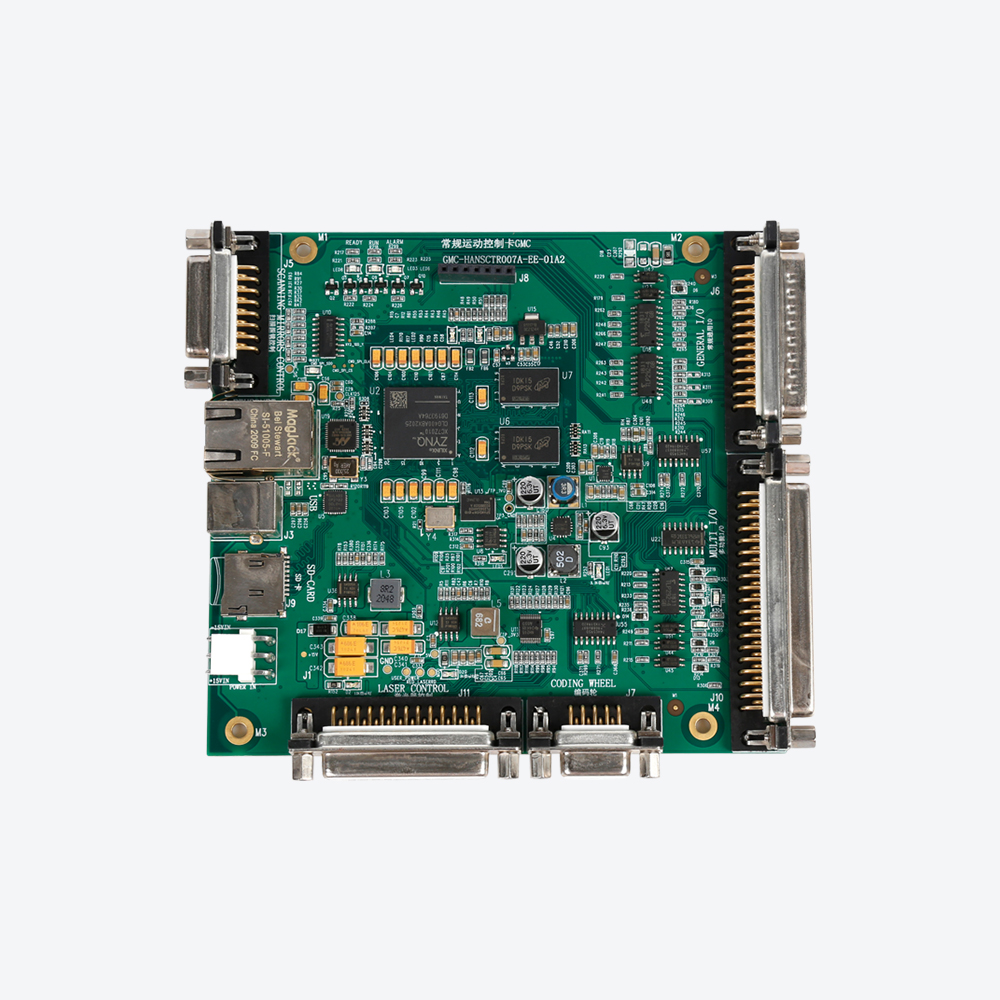Time:2022-06-15 Visit:
PCB is the abbreviation of Printed Circuit Board, translated into Chinese, it is called printed circuit board. Because it is made by electronic printing, it is called "printed" circuit board. PCB is an important electronic component in the electronics industry, a support for electronic components, and a carrier for electrical connection of electronic components. PCB has been extremely widely used in the manufacture of electronic products. The special features of PCBs are summarized as follows:
1. High wiring density, small size and light weight, which is conducive to the miniaturization of electronic equipment.
2. Because the graphics are repeatable and consistent, errors in wiring and assembly are reduced, and equipment maintenance, debugging and inspection time are saved.
3. It is conducive to mechanization and automated production, which improves labor productivity and reduces the cost of electronic equipment.
4. The design can be standardized, which facilitates interchangeability.
PCBA is the abbreviation of Printed Circuit Board +Assembly, which means that PCBA passes through the PCB blank board SMT top part, and then passes through the entire manufacturing process of DIP plug-in.
Note: SMT and DIP are both ways to integrate parts on the PCB. The main difference is that SMT does not need to drill holes on the PCB. In DIP, the PIN pins of the parts need to be inserted into the drilled holes.

SMT (Surface Mounted Technology) surface mount technology mainly uses mounters to mount some tiny parts on the PCB. The production process is: PCB board positioning, printing solder paste, mounter mounting, and reflow Furnace and finished inspection.
DIP stands for "plug-in", that is, inserting parts on the PCB board. This is the integration of parts in the form of plug-ins when some parts are larger in size and are not suitable for placement technology. The main production process is: sticking adhesive, plug-in, inspection, wave soldering, printing and finished inspection.